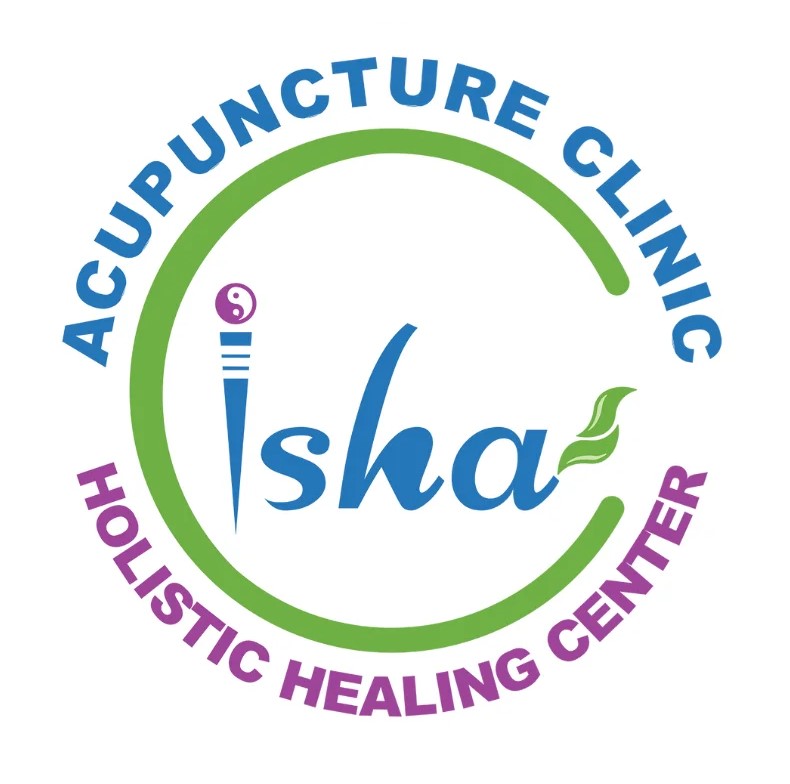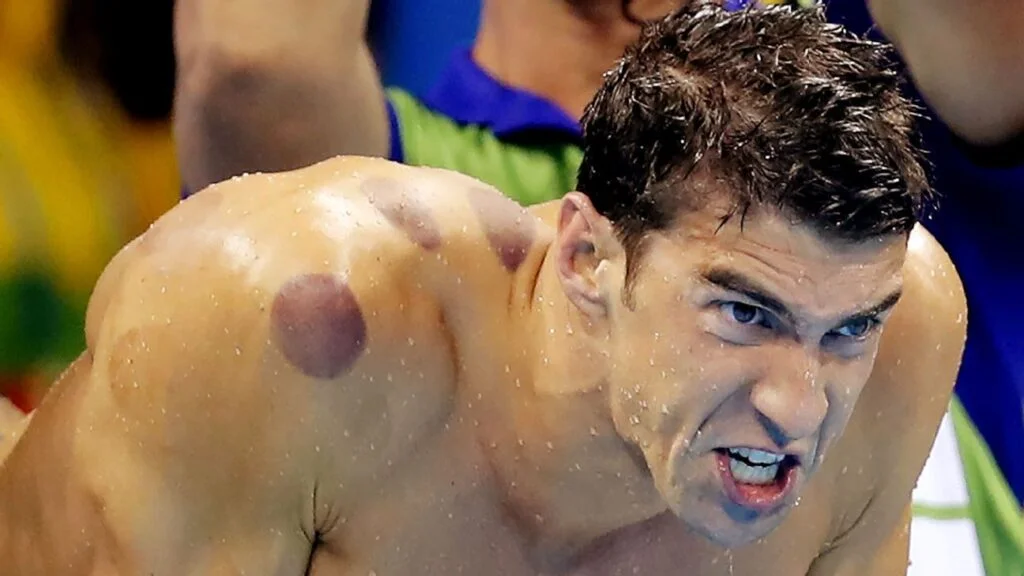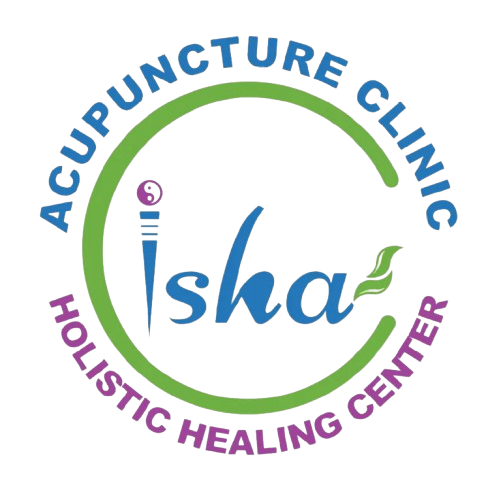Acupuncture for Athletes
Acupuncture is gaining popularity among all types of amateur and professional athletes.
Acupuncture has been shown to reduce pain and inflammation, improve blood circulation, reduce anxiety, and relieve tight muscles. It includes other modalities like electroacupuncture, cupping, gua sha, infrared heat lamp therapy, and moxibustion.
Here are 6 reasons why athletes use acupuncture to optimize their performance and recovery : 1)Reduce pain 2)Recover faster 3)Prevent injuries 4) Improve Range of Motion and Flexibility 5)Improve Performance 6)Improve Concentration and Reduce Performance Anxiety.
Reduce pain

This is the most common reason most people seek acupuncture treatments. Acupuncture reduces pain by releasing endorphins and releasing natural painkillers. It does so without the use of drugs by stimulating the nervous system.
“Electroacupuncture mechanisms on inflammatory pain have been extensively studied. The modality inhibits both the sensory and the affective components of inflammatory pain, acting through peripheral, spinal, and supraspinal mechanisms with the involvement of a battery of bioactive molecules including opioids, N/OFQ, serotonin, norepinephrine, glutamate receptors and transporters, cytokines, and signal molecules. Of these, opioids play a central role in electroacupuncture inhibition of all kinds of pain.
Recovery faster

Besides reducing pain, acupuncture has been shown to reduce inflammation, promote blood circulation, improve energy levels and sleep, and reduce muscle soreness and fatigue.
Proper recovery allows for more intense levels of training which translates into better performance when it counts.
Having good energy levels and a good night’s rest is one of the keys to being at your best on game day. Acupuncture has been shown to improve sleep quality and reduce fatigue which allows muscles to recover better after exercise.
“Electro-Acupuncture (EA) can decrease serum malondialdehyde (MDA) content and increase superoxide dismutase (SOD) activity and SOD/MDA in athletes experiencing intensive endurance exercise, which may contribute to its effect in relieving athletic fatigue.
Prevent Injuries

Acupuncturists assess the entire body and can find areas of tightness and discomfort that the athlete may not be aware of yet. These can be related to things like posture, poor exercise form, chronic overuse, or muscle imbalances. By releasing those areas before there is pain, muscles remain loose, hydrated, and flexible so they don’t get injured or tired as easily.
Trigger points are hyperirritable, tight bands of muscle that cause pain in predictable referral patterns. They are usually the result of overuse, poor posture, or structural issues and can lead to more serious injuries because the affected muscles are in pain and cannot sustain their normal workload. Releasing trigger points has been shown to be effective in reducing pain and increasing range of motion in the affected muscles.
Also, as mentioned above, acupuncture reduces pain and promotes better recovery which also reduces the chance for injury.
Current data suggest that active MTrPs (myofascial trigger points) are associated with a high symptom burden and a negative impact on function, both physical and psychosocial. Investigators also demonstrated that dry needling provides symptom relief and change in the status of the trigger point, although the mechanism by which this works has not yet been demonstrated.
Improve Range of Motion and Flexibility
Acupuncture releases tight muscles which allows them to lengthen and shorten through their entire range of motion. This results in reduced pain and increased flexibility.
“The underlying process with the treatment of trigger points is to temporarily release the trigger points to reduce pain and increase muscle mobility. This is often accomplished by massage, heat (direct or through ultra- sound), and needling and injection for persistent trigger points. This is followed by stretching and simulation which essentially exercises the muscle. We hypothesize that the exercise of the muscle most likely starts to remodel the cytoskeleton, including the microtubular network, toward a more normal phenotype. There is also improvement in metabolism possibly by the increased blood flow and increase in mitochondrial content.”

Improve Performance
Acupuncture has been shown to increase performance in a variety of sporting events. It can be used both as a recovery tool post-exercise, and also before exercise to relax the body, increase power and increase muscle endurance.

“Improvement in performance compared with a corresponding number of control tests, without TNS (transcutaneous nerve stimulation) or with placebo stimulation in the same subjects, was almost regularly observed in running, swimming and ergometer cycling, although with great individual variations. The average improvement was 4.3 sec (2.2%) in 1.000 m road racing (n = 9); 2.3 sec (1.8%) in 800 m track racing (n = 5); 0.9 sec (1.4%) in 100 m swimming (n = 12); 1.3 sec (0.8%) in 200 m swimming (n = 6); and 2.5 sec (0.9%) in 400 m swimming (n = 3). In a bicycle ergometer test with stepwise, progressive exercise to muscular fatigue, the maximal capacity was increased by 9% (n = 4).
Improve Concentration and Reduce Performance Anxity
Focus and concentration are paramount when trying to compete and perform at the highest levels. Acupuncture has been shown to reduce anxiety and improve cognitive function which means that you will be able to focus when the game is on the line.

“In conclusion, the results suggested that acupuncture has the capacity to decrease cognitive anxiety and somatic anxiety prior to competition in adolescent athletes, while this was accompanied by significant physiological changes.”



